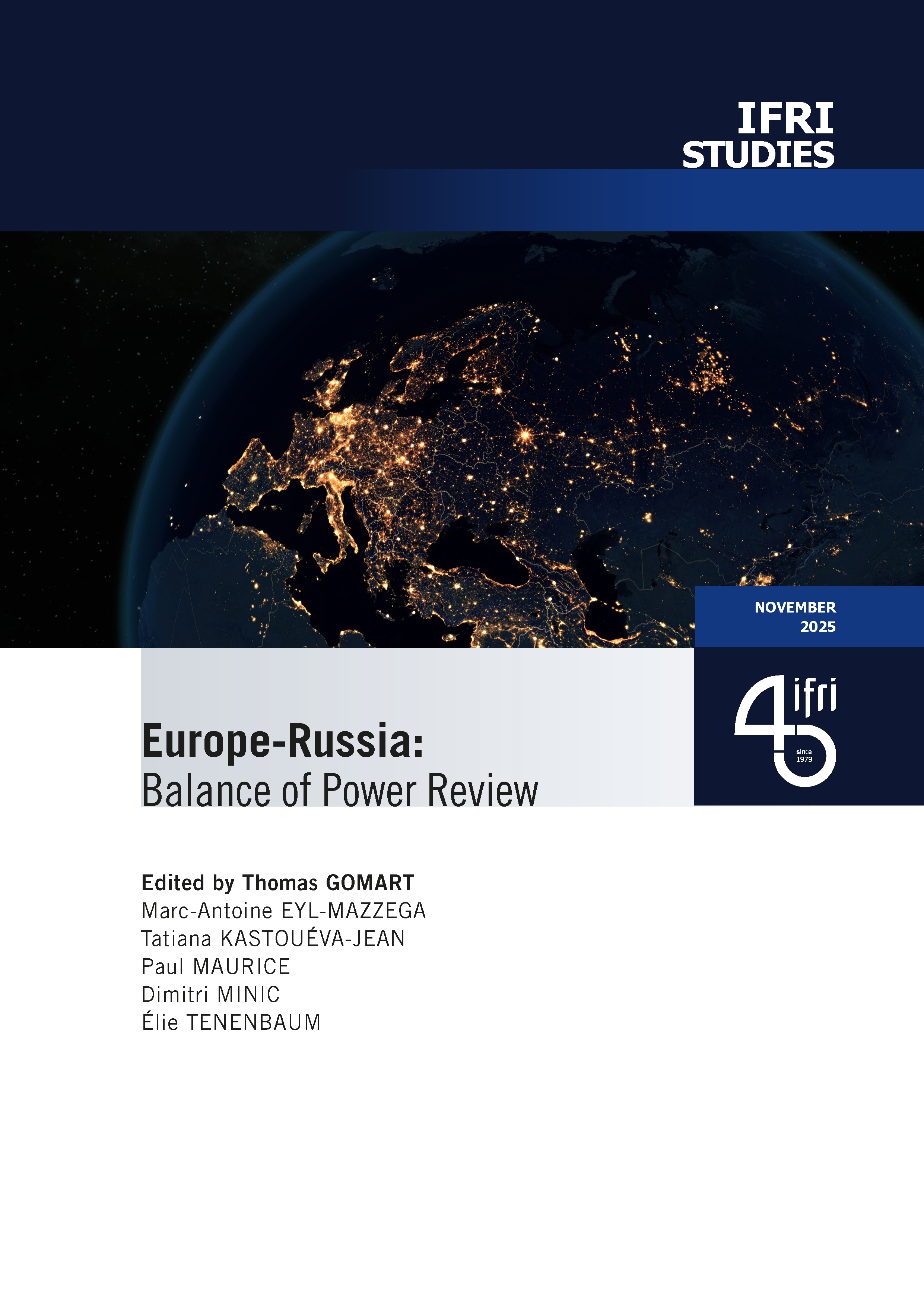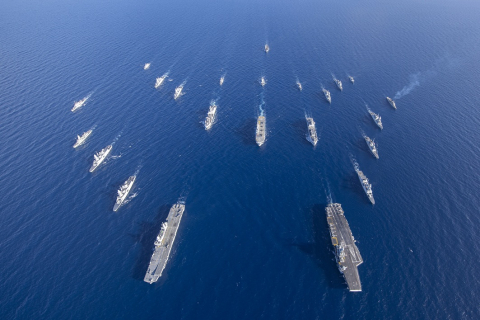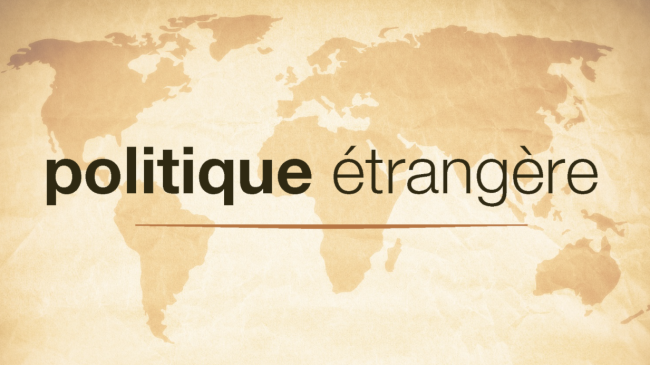2019-2029: The World in 10 Years
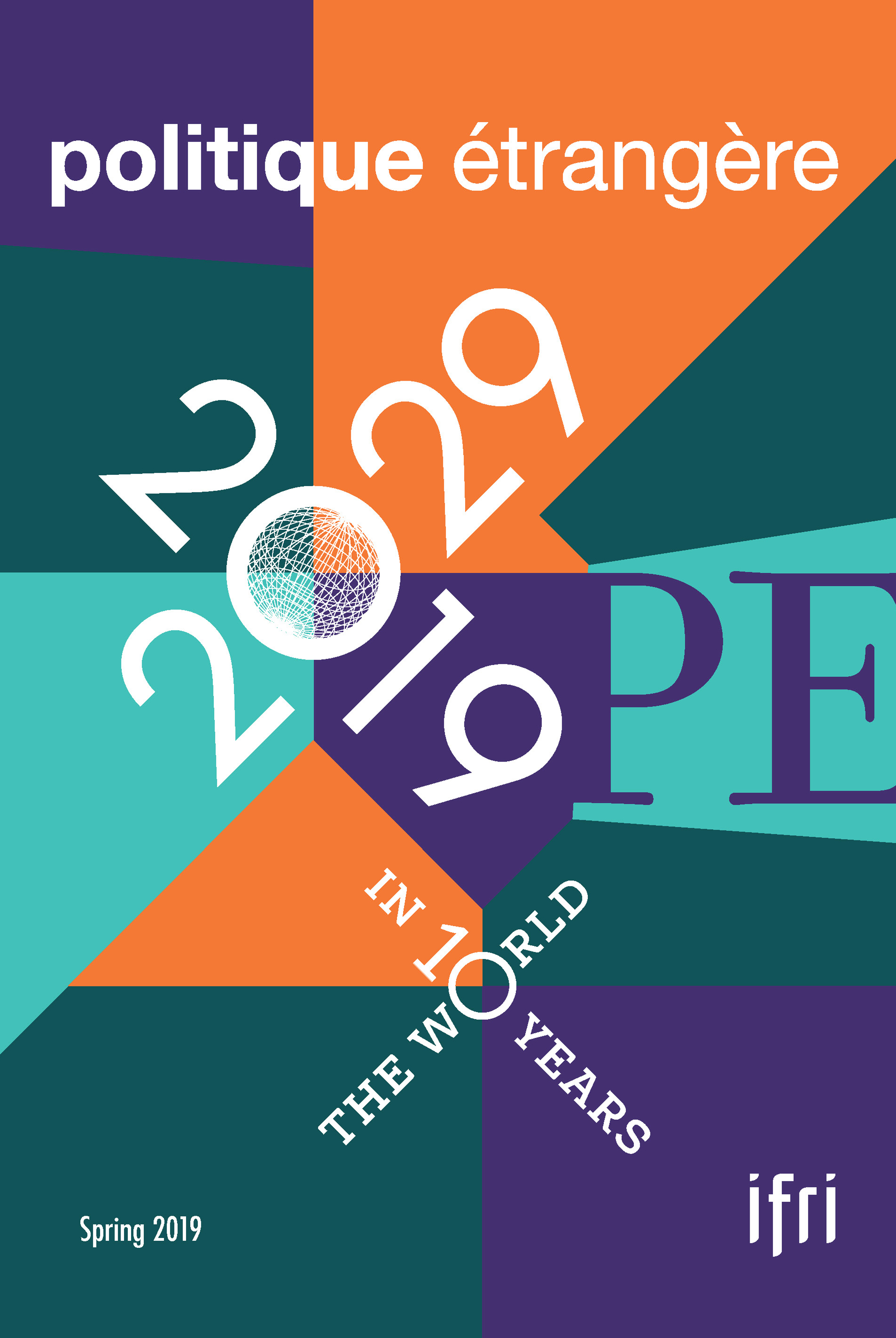
The last four decades have witnessed the profound transformation of the very foundations of the international system: the globalization of trade, technical revolutions, the upheaval of the hierarchy of powers, the emergence of China, the explosion of the Middle-East, the mutation of conflicts and threats, climate concerns, etc.
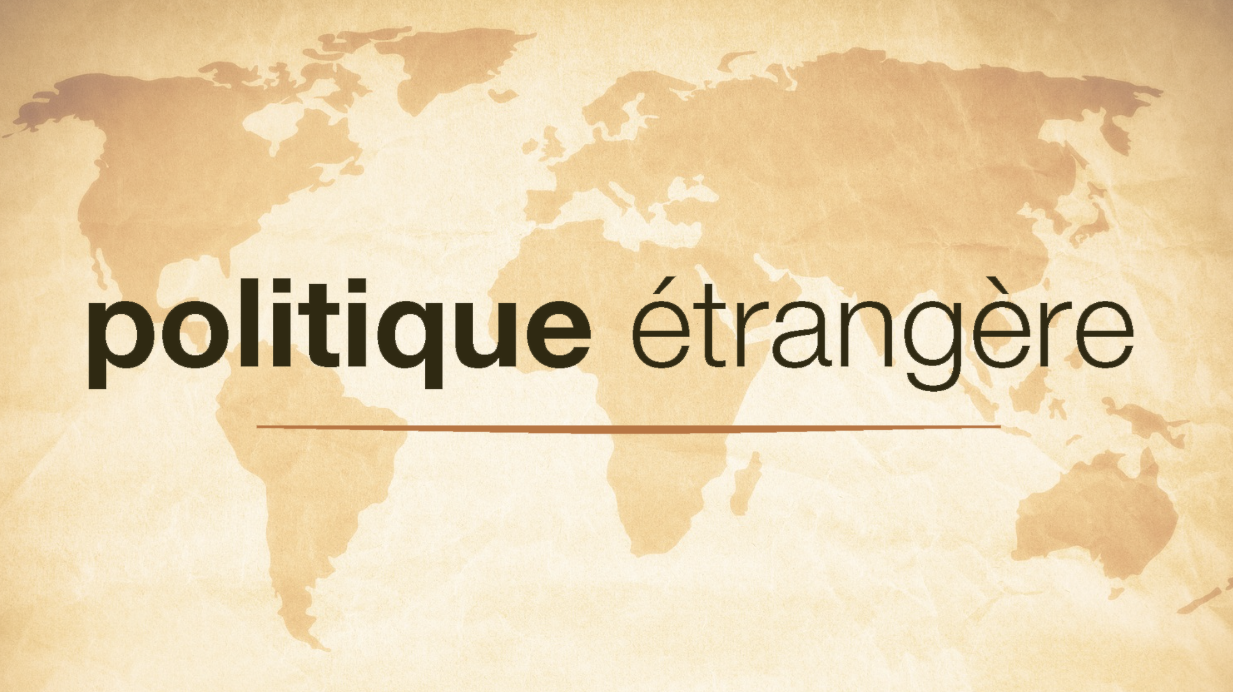
This special issue of Politique étrangère celebrates the 40th anniversary of IFRI. It includes contributions by the best international specialists to clarify and shed light on the major trends affecting today’s effervescent world: Where is it taking us? What may happen on this global stage, in all its parts, over the next ten years?
How far is the world going to be “de-westernized”? Does modernity concentrate power, or dilute it? How should the advances of the international financial system be evaluated, and what are their limits? Can poverty be reduced further? Will the energy transition be successful? What forms will international violence take? What will the world’s population look like in 2029? Are new technologies redesigning new geopolitics? Is global trade hesitating between trade war or multilateralism? Is Europe undoing itself, or reconstructing itself? What is the economic and political future of Africa in all its pluralities? Is the Middle-East doomed to breakdown? Will Asia be the center of tomorrow’s world?
How is the world of 2029 being sketched out today?
TABLE OF CONTENTS
Between Concentration and Dispersion: A Promising Future for Power Relations, by Thomas Gomart (Entre concentration et dispersion : le bel avenir de la puissance)
The Waning of Universalism, by Chantal Delsol (Le crépuscule de l'universel)
2029: TOWARD A NEW WORLD?
The Future of the International Monetary and Financial System, by Jean-Claude Trichet
International Trade Disagreements: Beyond Trump, by Sébastien Jean
Poverty and Inequality through 2030, by Ravi Kanbur
Possible Energy Transitions through 2029, by Adnan Z. Amin
Wars in the Next Decade, by Lawrence Freedman
After the Demographic Explosion, by Hervé Le Bras
When Technology Shapes the World..., by Jared Cohen
2029: WORLDS ADRIFT
Europe in 10 Years, by Nicole Gnesotto
The Africas of 2029, by Alioune Sall
The Middle East in 2029, by Fawaz A. Gerges
2029, the Great Asian Renaissance, by Kishore Mahbubani
A VIEW FROM HISTORY
Between the Lines of Questionable Battles, by Raymond Aron
This content is available in French : "L'éditorial de Politique étrangère, vol. 84, n° 1, printemps 2019"
This content is available in French : "Le dossier de presse de Politique étrangère, vol. 84, n° 1, printemps 2019"
Find out more
Discover all our analysesTowards a Security Web
There is no global mechanism that can guarantee security effectively in the face of the growing threat of political chaos, stemming from the recent political awakening of humanity. There is no global mechanism that can guarantee security effectively in the face of the growing threat of political chaos, stemming from the recent political awakening of humanity.
The Global NATO Debate
The ultimate direction taken by the Alliance – be it a ‘return to home base,’ a ‘global expansion’ or the pursuit of ‘global missions’ – will be heavily influenced by perceptions of what happens in Afghanistan over the next two years.
Considerations on NATO’s Future Direction
The question of how the Alliance can best meet the common security problems of its member states should determine the revision of the Strategic Concept and analysis of the future of NATO in general.
NATO: A View from Central Europe
Poland is not just concerned with the usefulness of the Alliance, but also with what can be done to make it more effective, and to maintain its relevance and good health in the decades ahead.


